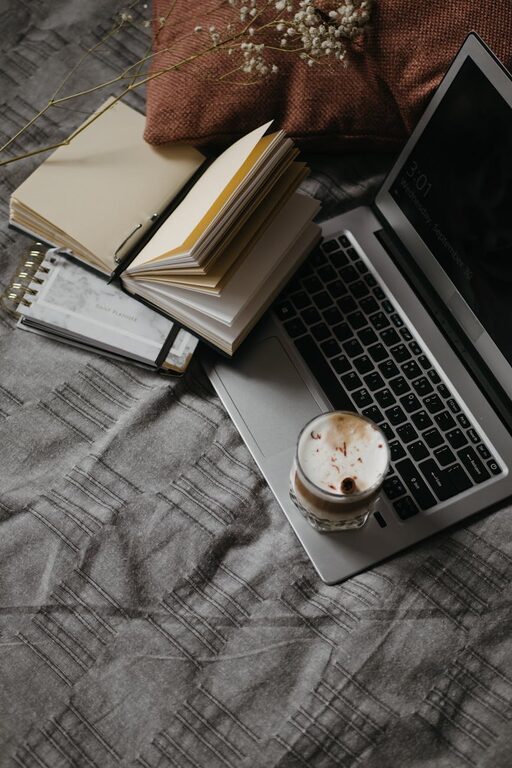Creating a desk setup that promotes both focus and comfort is essential for productivity, whether you work from home or in an office. A well-organized and thoughtfully arranged workspace can help reduce distractions, prevent physical strain, and keep your energy levels up throughout the day. In this post, we’ll walk you through practical tips to design a desk setup that supports both concentration and comfort.
Why Your Desk Setup Matters
Your workspace isn’t just a place to plop down your laptop; it’s an environment that can influence your mood, efficiency, and wellbeing. An ergonomic and tidy desk setup helps minimize fatigue, avoid discomfort, and maintain motivation. When your workspace feels comfortable and free from clutter, your brain can focus better on the tasks at hand.
Essential Desk Setup Tips for Focus and Comfort
1. Choose the Right Desk and Chair
Start with the basics: your desk and chair should work together to support healthy posture.
– Desk height: Ideally, your desk should be at elbow height when you’re seated. This lets your arms rest comfortably at a 90-degree angle.
– Chair support: Use a chair with good lumbar support and adjustable height. Your feet should be flat on the floor or on a footrest, with your knees at roughly a 90-degree angle.
– Comfort matters: If you spend many hours seated, consider a chair that balances firmness with cushioning.
2. Position Your Monitor Properly
Screen placement can reduce eye strain and neck pain.
– Place your monitor about an arm’s length away.
– The top of the screen should be at or slightly below eye level.
– Tilt the monitor slightly upward so you look down at a 10–20 degree angle, which is comfortable for your neck.
– If you use multiple monitors, align them horizontally and tilt them slightly to minimize head turns.
3. Optimize Lighting
Good lighting reduces eye strain and boosts alertness.
– Utilize natural light as much as possible, but avoid glare on your screen.
– Position your desk perpendicular to windows to balance light.
– Use a desk lamp with adjustable brightness and color temperature. Daylight bulbs (around 5000K) tend to keep you alert.
– Avoid overly harsh overhead lighting; soft, indirect ambient light is best for comfort.
4. Keep Your Desk Organized
A cluttered desk can make it harder to focus.
– Use trays, containers, or drawer organizers to keep essentials tidy.
– Only keep items you regularly use within arm’s reach.
– Clear out unnecessary papers or gadgets daily to maintain order.
– Consider cable management solutions to prevent tangles and free desk space.
5. Personalize Thoughtfully
Adding personal touches can make your workspace inviting, but avoid clutter.
– A small plant adds life and freshness without distraction.
– Use calming colors or artwork that inspires you.
– Keep personal items minimal to maintain a professional and focused environment.
6. Incorporate Movement and Comfort Aids
Sitting all day can lead to discomfort and reduced focus.
– Consider a sit-stand desk or an adjustable desk converter to alternate positions.
– Use a footrest if your feet don’t rest flat.
– A cushioned wrist rest can help prevent strain during typing.
– Take short breaks to stretch or walk around every hour.
Setting Up Your Desk Step-by-Step
- **Measure your space:** Determine the optimal placement for your desk considering light sources and room layout.
- **Choose ergonomic furniture:** Invest in adjustable chairs and desks to customize your fit.
- **Arrange your monitor(s):** Follow the ideal height and distance guidelines.
- **Organize your supplies:** Use storage solutions to manage clutter.
- **Add lighting:** Combine natural and artificial light sources effectively.
- **Personalize moderately:** Add one or two items that brighten your space without overwhelming it.
- **Add comfort tools:** Use accessories like footrests and wrist supports.
- **Test and adjust:** Spend a couple of days working and make small tweaks for what feels best.
Final Thoughts
A thoughtfully designed desk setup can make a big difference in your daily work experience. By prioritizing ergonomic furniture, optimizing lighting, keeping things organized, and adding personal comfort aids, you create an environment where focus and comfort go hand in hand. Remember, the best desk setup is one that suits your individual habits and space—don’t hesitate to adjust as your needs change.
Start making these changes today, and enjoy a workspace that helps you feel your best and accomplish more!

